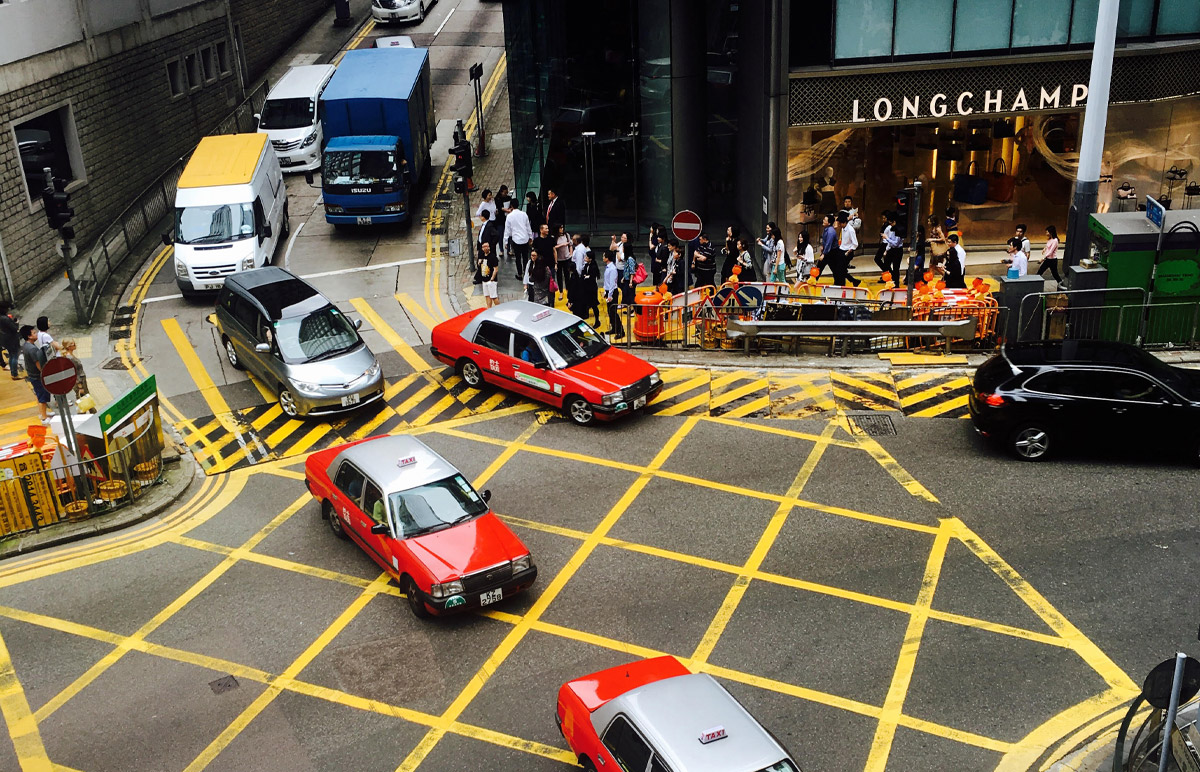
Line Marking on Surfaces, Explained
Drawn on to the surface of the earth, there are many different kinds of road lines that all signal different meanings. There are red lines, yellow lines, green lines, blue lines and white lines. Some white lines save lives, like the thick white ones that separate lanes of traffic going in opposite directions. These are called ‘traffic lines.’ They keep people safe because they prevent vehicles from colliding with each other. White traffic lines are always two feet away from the pavement corner.
LINE/MARKING: Broken
WHY IT MATTERS: Road sections are divided by this line so that motorists generally stay where they are. However, it is not like the continuous line.
CROSS IF:
The motorist has given way to other vehicles in the lane they are moving to. It has to be safe and proper indication should have been given.
LINE/MARKING: Continuous
WHY IT MATTERS: It’s a solid line with the message: do not cross. Stay right where you are. A very slow car that has to be overtaken does not constitute a legal, valid reason for the line to be crossed. Missing a turn doesn’t count either.
That said, certain exceptions apply.
CROSS IF:
- Entering a road.
- Entering a service road.
- Entering an emergency stopping lane.
- Leaving a road.
- Maneouvering around a cyclist.
- Parking in angle parking on the opposite roadside (no U-turn).
- The line is parallel to a broken line closest to the driver.
- The road is obstructed by a fallen tree or stalled vehicle.
LINE/MARKING: Painted island
WHY IT MATTERS: This is not paradise, the beach or some treasure-hunt-adventure venue. These are hatch markings that are incredibly distinct. The point is for opposing lanes of traffic to have enough buffering space in between them. In some cases, there are broken or continuous lines, if not double continuous lines.
These all make the difference as to whether or not driving on the painted island will be allowed.
CROSS IF:
- Entering a road and the painted island is surrounded by single continuous or broken lines.
- Entering a turning lane that starts right after the painted island.
- Leaving a road and the painted island is surrounded by single continuous or broken lines.
- Parking in angle parking on the opposite roadside (no U-turn).
LINE/MARKING: Yellow edge
WHY IT MATTERS: Nobody is allowed to stop here unless there’s an urgent circumstance, broken or unbroken.
STOP IF:
- Police are pulling over the vehicle.
- There is a medical emergency.
- The vehicle has broken down.
Conclusion
Line markings on surfaces vary considerably in terms of use. When it comes to the road, knowing what they mean is crucial to avoiding accidents and staying safe. Take note of broken white lines, continuous white lines and the yellow edge.
Need assistance with machinery hire in Perth? Reach out to KEE Group! We’re the most effective and unique mining and civil support service.
IMAGE © Katharyn Quinn 2021


